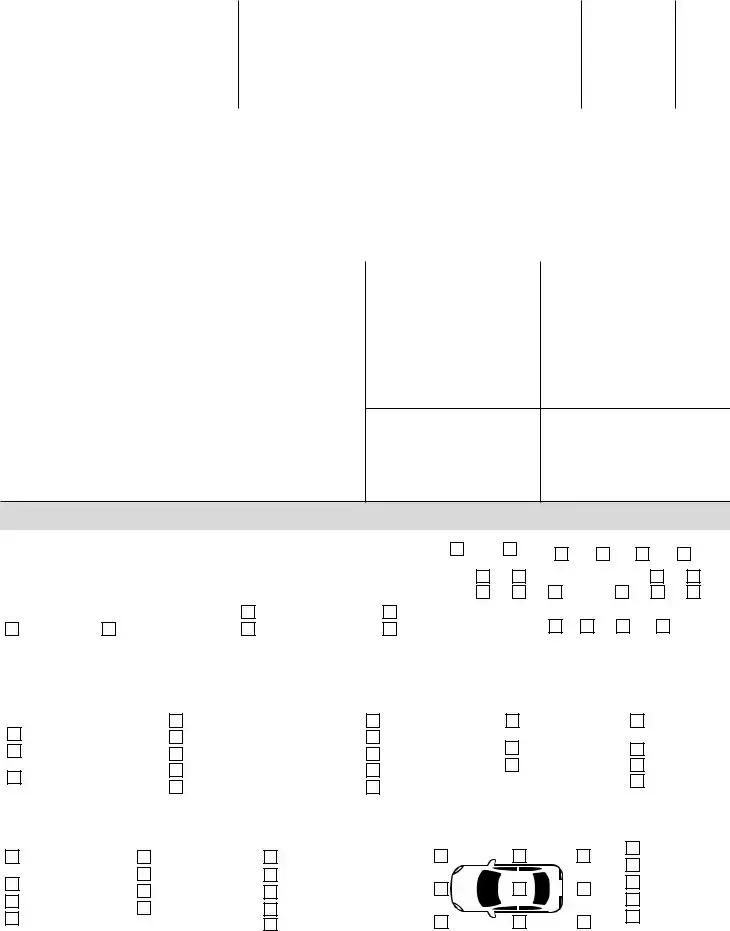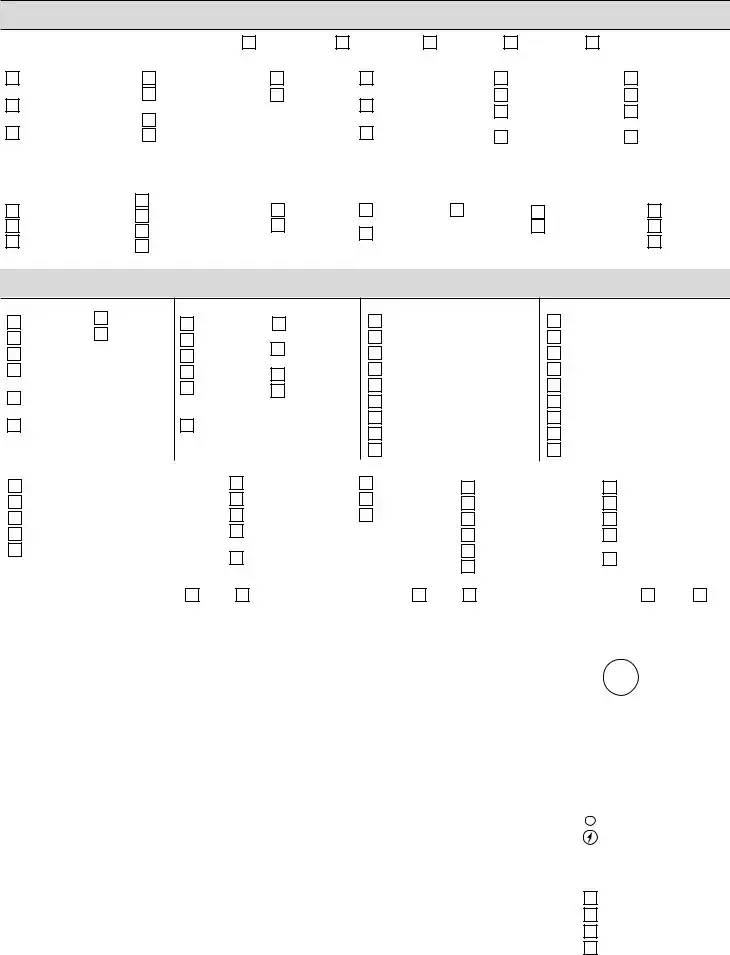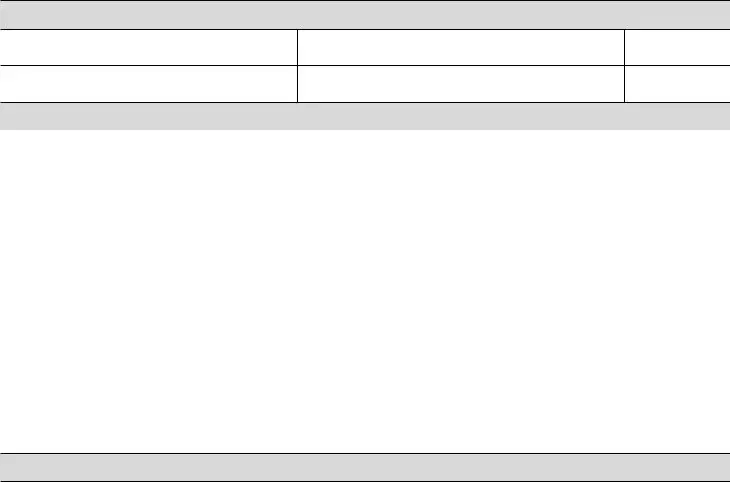1. When should I complete a Crash Report?
According to Massachusetts law, you must complete a Crash Report when you operate a vehicle involved in a crash that results in any injuries or fatalities, or causes damage that exceeds $1,000 to any vehicle or property. You are required to file the report with the Registrar within five days of the incident. If you were incapable of filing due to physical limitations, the vehicle owner must take responsibility to complete and submit the report based on knowledge of the incident.
2. What specific information is needed for the Crash Location section?
In the Crash Location section, you must provide precise details about where the crash took place. This includes the city or town, the exact date and time of the accident, and the total number of vehicles involved. Use official names for streets and landmarks, and include route numbers if applicable. Aim to provide enough detail to locate the crash on a map accurately, going beyond just naming a street.
3. How do I describe the events leading up to the crash?
In Section J, you should provide a detailed narrative of what occurred during the crash. This description should cover events leading up to the collision for all vehicles involved. Summarize actions and movements before the incident, using clear language to help clarify the sequence of events. It's important to be thorough yet concise to ensure accurate reporting.
4. What should I do if I witness the crash but I'm not involved?
If you are a witness to the crash but not an involved party, you can still provide crucial information by completing the Witness Information section of the report. Include the names, addresses, and contact details of all individuals who saw the crash. This can help in corroborating accounts and clarifying the circumstances of the accident.
5. Where do I send the completed Vehicle Accident Report?
After you complete the Vehicle Accident Report, you need to send copies to several locations. First, mail or deliver one copy to the local police department or state police where the crash occurred. Additionally, send another copy to your insurance company. Finally, mail one copy to the Registry of Motor Vehicles (RMV) at the specified address in the instructions to ensure all necessary parties are informed.
6. What happens if I fail to file the Crash Report?
Failing to file the Crash Report as required can result in serious consequences. The Registrar may take action by revoking or suspending your driver’s license if you violate the filing requirements. It is essential to adhere to this legal obligation to avoid penalties and ensure proper documentation of the accident.
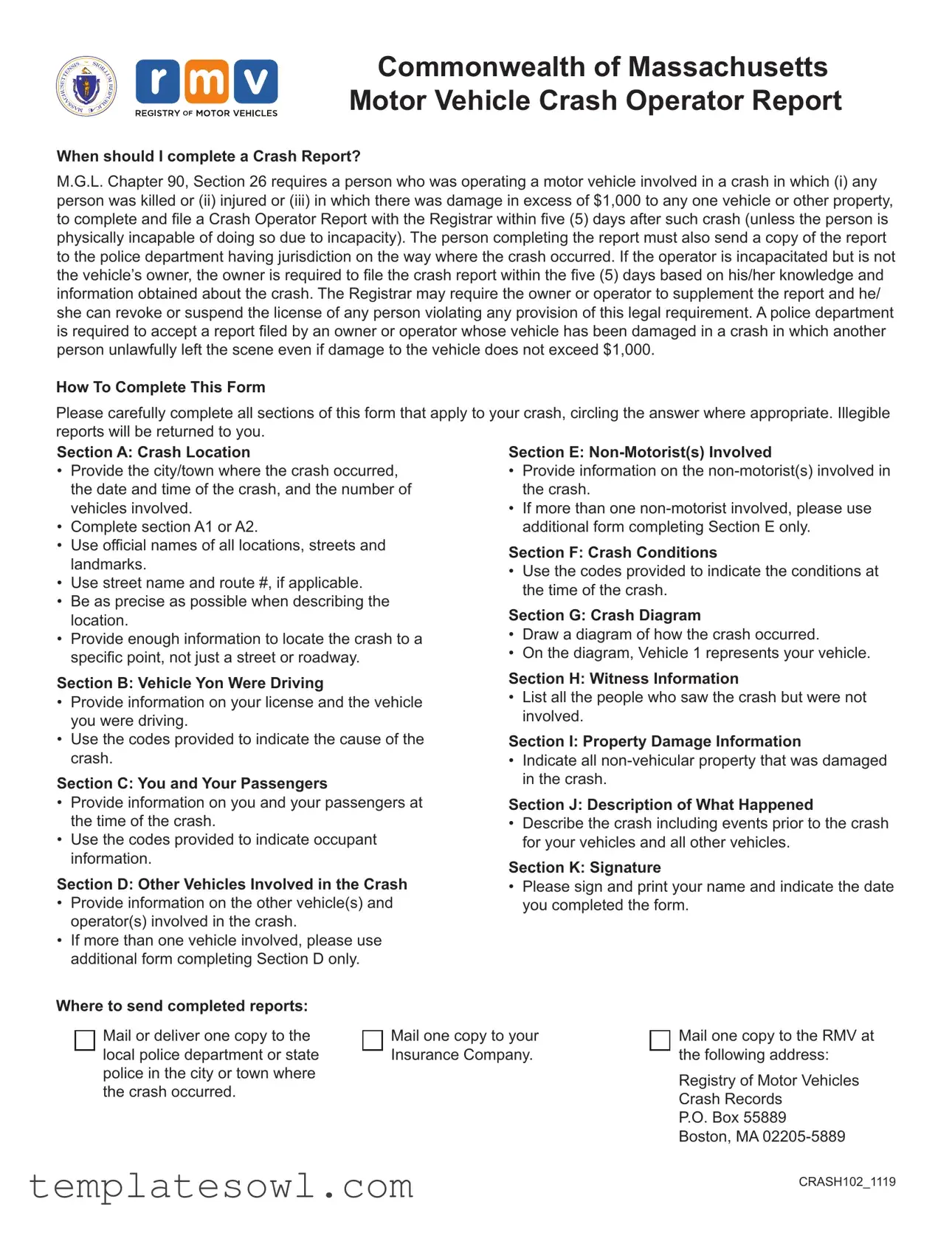

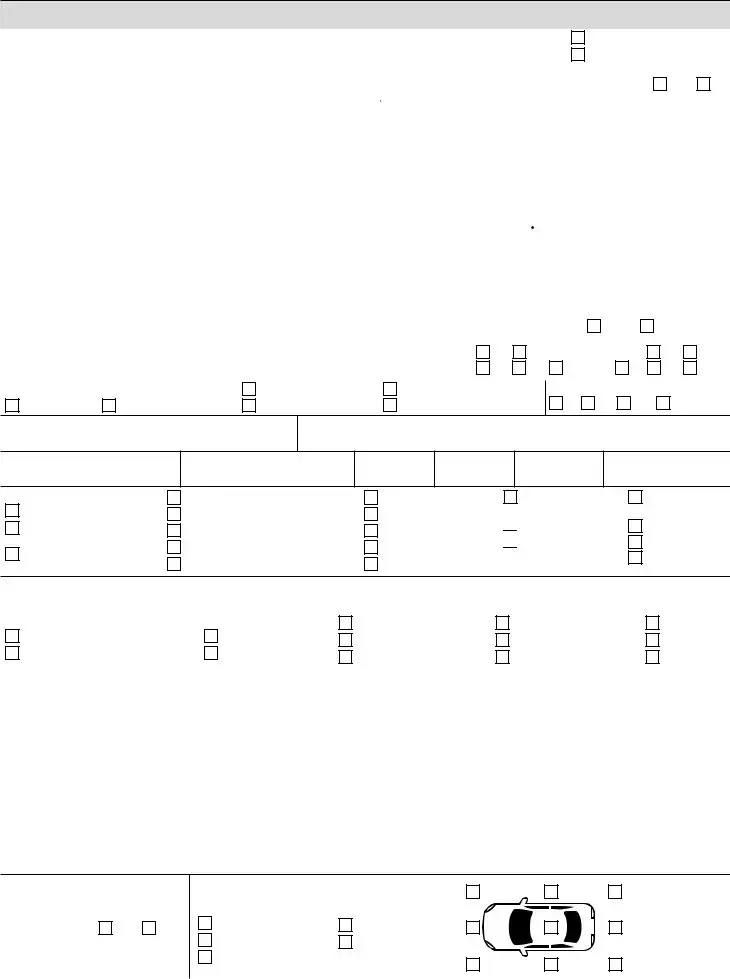

 15 Moped
15 Moped
 16 Low Speed
16 Low Speed